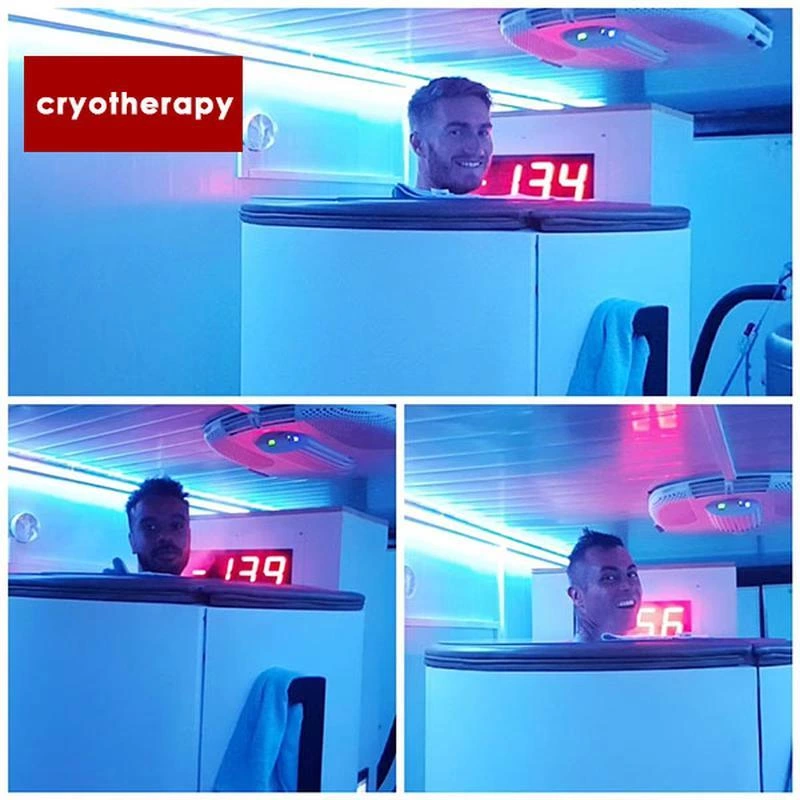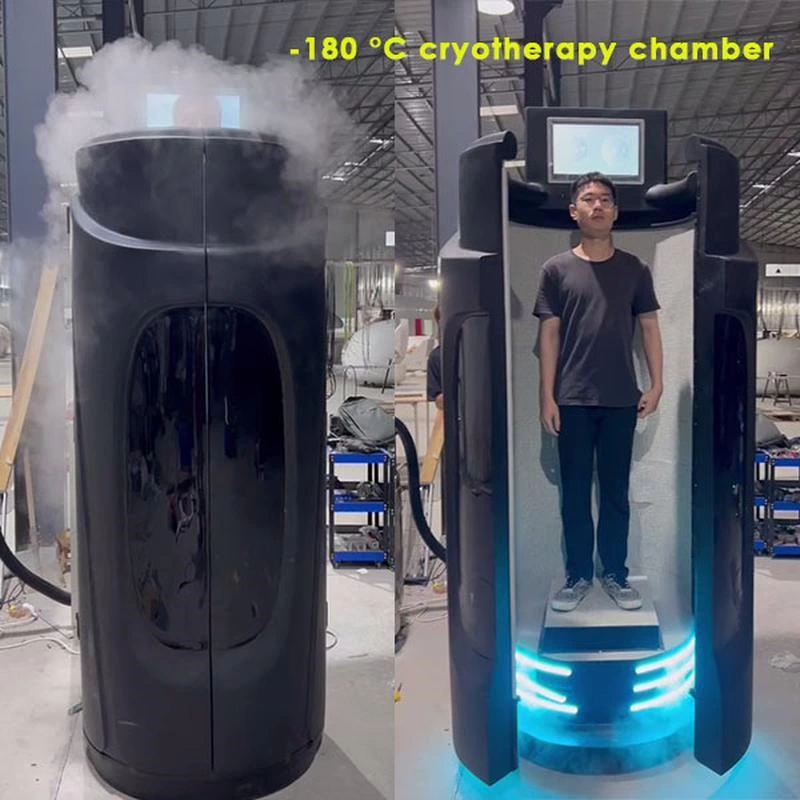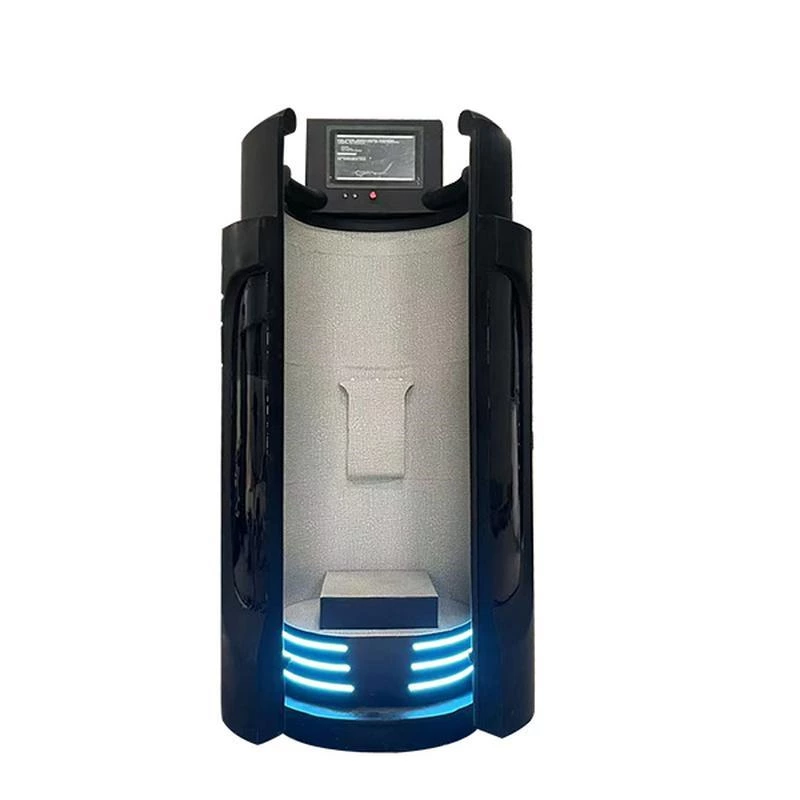Cryo Therapy utilizes the effect of low temperatures to cause physical and chemical changes in tissues. When tissues are exposed to extremely low temperatures, ice crystals form within cells, leading to cell membrane damage and subsequent cell death.
Cryo Therapy
Cryo Therapy, short for cryotherapy, is a treatment method that uses extremely low temperatures to treat various medical conditions. Here is a detailed introduction:
Basic Principle
- Cryo Therapy utilizes the effect of low temperatures to cause physical and chemical changes in tissues. When tissues are exposed to extremely low temperatures, ice crystals form within cells, leading to cell membrane damage and subsequent cell death. This process can destroy abnormal tissues such as tumors while minimizing damage to surrounding normal tissues.
Types of Cryo Therapy
- Local Cryo Therapy: This method focuses on treating specific areas of the body. It is often used to remove warts, moles, and other skin lesions. For example, a doctor may use a cryoprobe to apply liquid nitrogen directly to the lesion, freezing and destroying the abnormal cells.
- Whole - body Cryo Therapy: In this approach, the entire body is exposed to extremely cold temperatures for a short period. Typically, the patient enters a cryotherapy chamber filled with nitrogen vapor, where the temperature can drop to as low as - 110°C to - 130°C. The patient usually stays in the chamber for 2 - 3 minutes. This type of therapy is believed to have various effects, such as reducing inflammation, relieving pain, and improving athletic performance.
Medical Applications
- Oncology: Cryo Therapy is used to treat certain types of cancers, such as prostate cancer, liver cancer, and kidney cancer. By freezing the tumor cells, it can slow down or stop the growth of the tumor and, in some cases, even cause the tumor to shrink.
- Dermatology: As mentioned earlier, it is widely used in dermatology to treat a variety of skin conditions. In addition to warts and moles, it can also be used to treat acne, psoriasis, and skin tags.
- Orthopedics: Cryo Therapy is beneficial in treating sports - related injuries and musculoskeletal disorders. It can help reduce swelling, relieve pain, and speed up the recovery process. Athletes often use it to treat muscle strains, sprains, and joint pain.
Advantages
- Minimally Invasive: Compared to traditional surgical methods, Cryo Therapy is less invasive, resulting in smaller incisions and less damage to surrounding tissues. This often leads to a shorter recovery time and fewer complications.
- Precise Treatment: It allows for precise targeting of the affected area, minimizing damage to healthy tissues nearby. This is especially important when treating tumors or other abnormal growths.
- Reduced Pain and Scarring: Cryo Therapy generally causes less pain during and after the procedure compared to some other treatment methods. Additionally, it often results in less scarring, which is a significant advantage, especially for cosmetic reasons.
Disadvantages and Risks
- Tissue Damage: If not properly controlled, the freezing process can cause excessive damage to surrounding healthy tissues, leading to potential side effects such as nerve damage, skin discoloration, and blistering.
- Infection Risk: Although rare, there is a risk of infection after Cryo Therapy, especially if the treated area is not properly cared for.
- Limited Applicability: Cryo Therapy is not suitable for all types of medical conditions. Its effectiveness depends on various factors, including the type and location of the disease, as well as the patient's overall health.




